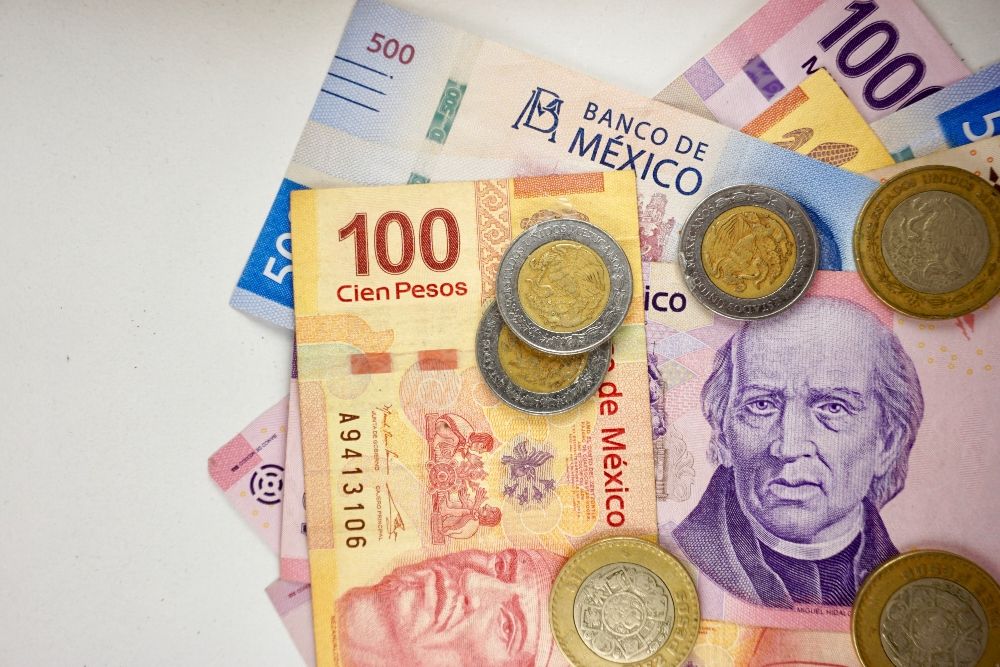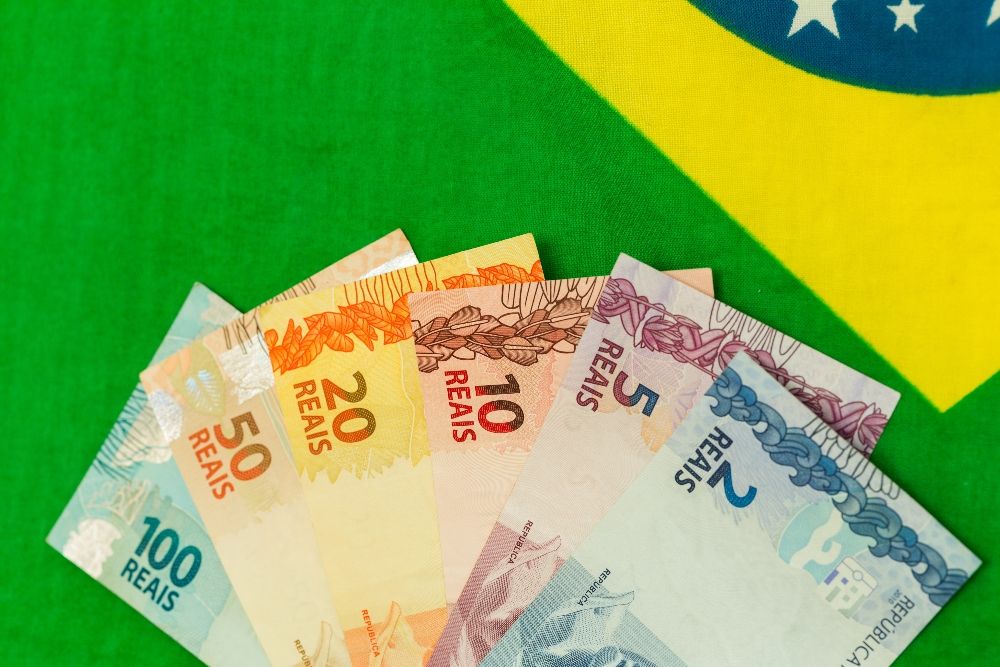
Gold prices stabilised on Tuesday as US President-elect Donald Trump threatened to impose more tariffs on imported goods.
Prices of the yellow metal tumbled on Monday as a potential ceasefire in the conflict between Israel and Hamas curtailed safe-haven inflows.
At the time of writing, the February gold contract was $2,657.01 per ounce, up 0.6% from the previous close.
Trump threatens more tariffs
Gold reversed losses from the previous session as Trump threatened to impose 25% trade tariffs on Mexico and Canada, and an extra 10% to the already 60% proposed on China.
Trump said that he would implement the tariffs unless Mexico and Canada tightened their borders with the United States, cracked down on illegal immigration and the smuggling of illicit drugs, such as Fentanyl, into the US.
Mexican drug cartels manufacture the drug in large quantities and smuggle it to the US.
Meanwhile, Trump said China had to try harder to prevent the illegal supply of “precursor chemicals” to the cartels used in the narcotic’s manufacturing process, according to a Fxstreet report.
Trump’s threats raised concerns about another full-blow trade war between the US and China. This ramped up safe-haven inflows into the yellow metal on Tuesday.
The possibility of Beijing hitting back with tariffs of its own also curbed risk-appetite among investors.
However, gains were limited as the dollar surged after Trump’s comments. Higher tariffs and less imports augur well for the greenback.
A stronger dollar makes commodities priced in the greenback more expensive for overseas buyers, thereby limiting demand.
Ceasefire deal weighs on safe-haven inflows
Gold prices on COMEX fell almost $3 per ounce on Monday as reports of a possible ceasefire in the Middle East supported risk-on sentiments.
“If implemented, it would see the Israeli army steadily withdraw its ground forces from Lebanon in return for Hezbollah withdrawing its militia from a zone near the border with northern Israel,” Joaquin Monfort, editor at Fxstreet.com said in a note.
Carsten Fritsch, commodity analyst at Commerzbank AG, said in a report:
The sharp price decline yesterday showed that gold is not completely immune to these developments once the support from geopolitical tensions diminishes somewhat.
Meanwhile, traders have priced in a 59.6% probability of the US Federal Reserve cutting rates by 25 basis points at the December meeting, according to the CME FedWatch tool.
Bets were high as 85% a couple of weeks ago, but a resilient US economy have prompted investors to scale down their expectations of a rate cut next month.
Supply deficit in platinum market to persist
The World Platinum Investment Council (WPIC) expects a supply deficit of 539,000 ounces in 2025, according to its quarterly report.
Demand from the automotive industry is expected to rise by 2% to a 7-year high.
Growth is also expected in jewellery demand and investment demand.
In contrast, other industrial demand is expected to fall by 9% to a 5-year low, meaning that overall demand is likely to fall by 1% year-on-year to 7.863 million ounces.
Supply is expected to rise by 1% to 7.324 million ounces, with a decline in mine production being more than offset by a significant increase in recycling.
Despite the still considerable supply deficit and the prospect of another deficit year, platinum is trading at $933 per troy ounce, below the level at the beginning of the year.
Fritsch added:
We consider the current price level to be too low and expect platinum to rise to USD 1,100 per troy ounce in the coming year.
The post Gold stabilises as Trump threatens to impose more tariffs; platinum supply deficit may persist appeared first on Invezz











